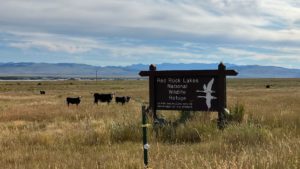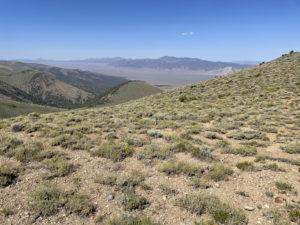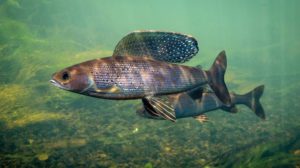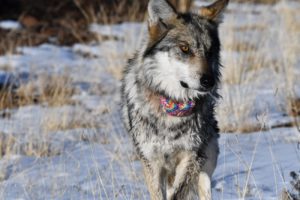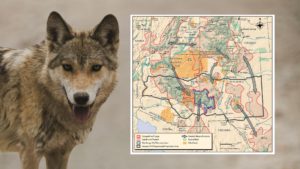Cheatgrass (Bromus tectorum) is an invasive species that has taken over millions of acres in the western United States. Originally from Eurasia, this aggressive grass outcompetes native vegetation, creating dense, continuous ground cover. Unlike native plants, cheatgrass dries out quickly after its early growing season, providing a highly flammable fuel source that significantly increases the frequency and intensity of wildfires.
Livestock, particularly cattle and sheep, play a central role in the spread of cheatgrass. Grazing animals trample and consume native plants, creating disturbed soil conditions that are ideal for cheatgrass to take root and spread. Additionally, livestock can carry cheatgrass seeds in their fur, hooves, and digestive tracts, dispersing them over large areas as they move across the landscape. By reducing the cover of native perennials that are less flammable, livestock grazing can inadvertently increase the continuity of cheatgrass, thereby altering fire regimes and making wildfires more frequent and severe.
In 2024, a scientific report led by Western Watersheds Project, reviewed over 500 studies spanning a century of scientific research, and found:
- Cheatgrass requires disturbance of native plant communities to gain a foothold. Disturbance from heavy grazing by domestic livestock is an ‘ecological switch’ that is the key trigger of widespread cheatgrass invasions. Industrial disturbance from road construction, oil and gas development, mining, and fuelbreak construction can also cause localized cheatgrass irruptions.
- Once soils and vegetation are disturbed, cheatgrass seedlings outcompete the seedlings of native grasses for soil nutrients and water. Because cheatgrass is an annual that dies in early summer, it provides highly combustible fuel, fueling unnaturally large range fires.
- Fire itself is not a direct cause of cheatgrass spread, and fires that occur in healthy natural ecosystems result in native bunchgrass communities post-fire, not cheatgrass monocultures. Healthy perennial bunchgrasses and undisturbed biological soil crusts provide a natural defense against cheatgrass invasions.
- Cheatgrass continues to expand over recent decades, facilitated by land management that prescribes unsustainably heavy levels of domestic livestock grazing.
The science on cheatgrass is similar to many other weeds: the more soil disturbance, the more weeds. Drought and fires are expected to increase in frequency and extent as a result of the changing climate. Drought can exacerbate the effects of heavy livestock grazing in suppressing or eliminating native perennial bunchgrasses, allowing cheatgrass to expand rapidly during the next wet cycle. When cheatgrass increases in the understory of shrubsteppe ecosystems, it can fuel major fires. But fire itself is not the cause of cheatgrass spread, and measures designed to control the spread of fire can cause disturbance that actually facilitates cheatgrass invasion.
The report also explains the difficulty of eliminating cheatgrass once it has become established. Some methods, like herbicides and biological agents, have shown limited promise at small scales but have been ineffective when scaled up to the hundreds of thousands of acres of a major cheatgrass infestation. Other methods, like mechanical treatments, burning, or targeted livestock grazing, risk exacerbating cheatgrass infestations.
The report recommends sequential removal of livestock from large areas until native bunchgrasses are adequately re-established, as perhaps the most promising method of re-establishing native vegetation in the wake of major cheatgrass outbreaks.
In an age of fads and short attention spans, it is critically important to take stock of all that scientists have learned about cheatgrass over the decades to prevent further cheatgrass spread and maximize our effectiveness at restoring infested areas back to healthy natural ecosystems.


